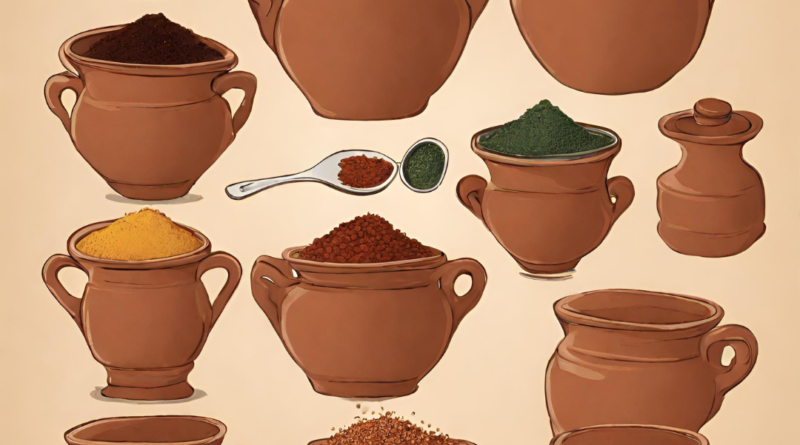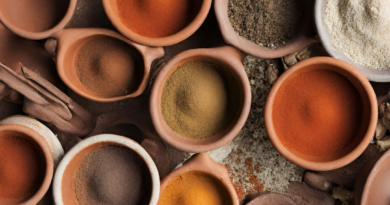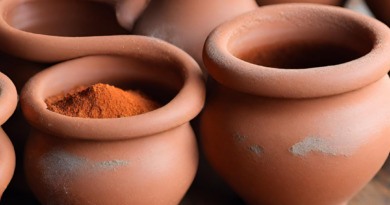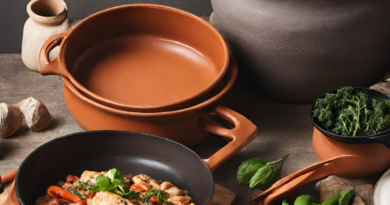Are there any safety concerns with clay cooking?
Cooking with clay cookware is generally safe, but there are some important considerations and safety guidelines to keep in mind to ensure safe and enjoyable clay cooking experiences. Here are some safety concerns and tips when using clay cookware:
1. Thermal Shock: Clay cookware is sensitive to rapid temperature changes. Avoid exposing clay pots to extreme temperature fluctuations, such as placing a hot pot on a cold surface or immersing a hot pot in cold water. These actions can lead to thermal shock, causing the pot to crack or break.
2. Preheating: When preheating clay cookware, do so gradually over low to medium heat to allow the pot to adjust to the temperature changes. Sudden exposure to high heat can also cause thermal shock.
3. Handling Hot Pots: Use oven mitts or thick towels when handling hot clay pots. The clay retains heat, and the pot’s surface can become very hot during cooking.
4. Seasoning and Caring for Unglazed Clay: If you’re using unglazed clay cookware, it’s important to season it properly before use. Seasoning involves soaking the pot in water and sometimes cooking rice or starches in it. Seasoning helps prevent excessive moisture absorption and enhances the pot’s non-stick properties.
5. Cleaning: After using clay cookware, clean it with warm water and a soft brush or sponge. Avoid using abrasive scrubbers or harsh detergents, as they can damage the pot’s seasoning and affect its non-stick properties.
6. Health Considerations: Some individuals may be concerned about potential health risks associated with using clay cookware. Unglazed clay pots can be porous, and there is a possibility of the pot absorbing minerals or flavors from the food. However, this is generally considered safe and is often valued for the unique flavors it imparts. If you have specific health concerns, consult with a healthcare professional.
7. Glazed vs. Unglazed: Be aware of the differences between glazed and unglazed clay cookware. Glazed clay cookware is generally easier to clean and maintain but may not provide the same flavor-enhancing properties as unglazed clay pots. Choose the type of cookware that suits your cooking needs and preferences.
8. Safe Cooking Practices: Follow safe cooking practices when using clay cookware, just as you would with any other type of cookware. This includes ensuring that meats are cooked to the recommended internal temperatures to avoid foodborne illnesses.
9. Children and Pets: Keep clay cookware out of the reach of children and pets, especially when the pots are hot or have been used for cooking.
10. Check Manufacturer Guidelines: Always refer to the manufacturer’s guidelines and recommendations for your specific clay cookware, as care instructions may vary depending on the brand and type of pot.
In summary, while cooking with clay cookware is generally safe, it’s essential to handle and care for the pots properly to avoid accidents and maintain their longevity. Following these safety guidelines ensures that you can enjoy the unique cooking properties and flavors that clay cookware offers while minimizing any potential risks.



